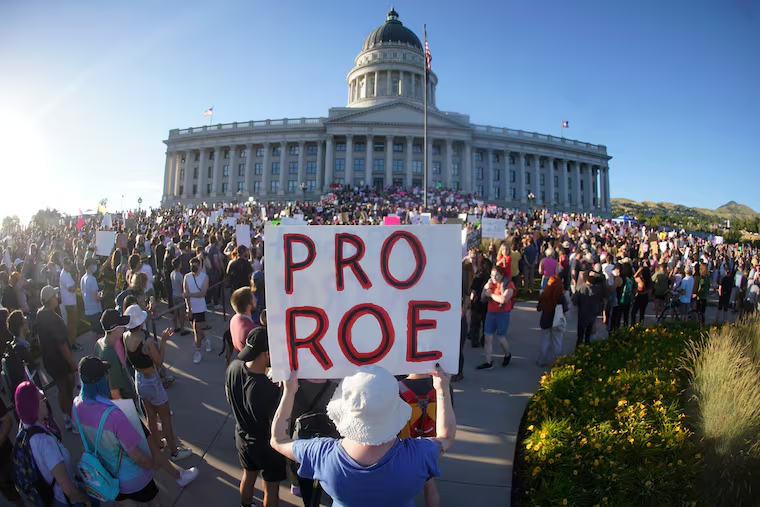Pat Ciarrocchi: ‘Why are we back here in this place?’
When I first heard about the Roe v. Wade decision, I called my longtime friend, who helped found Ms. Magazine 50 years ago. “The fight is not over,” she told me.

When I first heard about the Roe v. Wade decision, I called my longtime friend, who helped found Ms. Magazine 50 years ago. “The fight is not over,” she told me.
